INTRODUCTION:
GRC (for governance, risk, and compliance) is an organizational strategy for managing governance, risk management, and compliance with industry and government regulations. GRC forms the cornerstone of corporate integrity and operational efficiency, ensuring that organizations meet regulatory standards while effectively managing risks. So,GRC encompasses a broad and interconnected set of tasks aimed at overseeing regulatory obligations.
As businesses are moving their operations to digital platforms, such as the cloud, new regulatory policies for lowering risks are coming into play. Undoubtedly, achieving security and resilience poses challenges for firms. However, automation presents an opportunity to modernize traditional processes and drive digital transformation. Robotic Process Automation (RPA) emerges as a primary strategy for enhancing business functions by delivering efficiency at optimal costs. RPA empowers GRC to assess assets, enforce policies, implement control measures, manage risks, and oversee audits of GRC operations.
In this blog, we will explore how RPA enhances Governance, Risk, and Compliance and aids organizations in smoothly adopting regulatory measures.
WHY AUTOMATE GRC?
GRC, which stands for Governance, Risk, and Compliance, is a complete system that helps organizations handle risks, follow laws, and achieve their business goals. An effective GRC plan helps organizations act ethically, openly, and in line with their goals. Managing GRC properly is very important for many organizations, large and small. Leaders struggle to see all the risks and follow the rules properly. Having a clear plan for GRC is crucial for good management and helps organizations adapt better to changes and understand their risks.
Undoubtedly, conventional approaches to GRC have served organizations well for years, but they’re showing their age. Relying on manual processes and spreadsheets is inefficient, error- prone, and unable to keep up with today’s regulatory complexity or cyber threats. Failing to invest in technologies may result in operational inefficiencies that impact GRC functions. The lack of effective organizational change management (OCM) and a misunderstanding of how technology integrates with business systems are interconnected reasons for the failure of GRC implementations.
Often, enterprise leaders overlook assessing the existing capacity of their business systems or processes and fail to anticipate how technology integration will affect their operations, and how they can effectively manage these changes. Insufficient communication and coordination between technology providers and the management team can make it challenging to determine the compatibility of the technology and its seamless integration with current systems.
Positively, Robotic Process Automation (RPA) streamlines and guarantees the effectiveness of diverse GRC tasks. When integrated with RPA, GRC automation can efficiently collect vast amounts of data from across organizations, consolidating it for improved accountability and transparency. This approach also promotes business continuity strategies and monitors compliance and regulatory concerns. Consequently, business processes maintain consistency, mitigating financial losses and service disruptions. Therefore, there is a need for automation in GRC.
ENHANCE GRC EFFICIENCY THROUGH RPA:
As part of their digital transformation journey, businesses deploy various innovative tools and applications. While these deployments enhance business capabilities, they also introduce unforeseen risks that must be understood and managed effectively.
Many enterprises systems store information across different platforms, making it challenging to track down data. Additionally, most GRC workflows rely on manual processes, making on-demand reporting nearly impossible. Furthermore, businesses lack the ability to easily report and prioritize issues.
RPA offers automation to enhance the efficiency of GRC activities. RPA-driven GRC automation can collect extensive data from across the organization, organizing it to enhance transparency and accountability. These RPA-powered GRC systems support business continuity strategies and address regulatory and compliance concerns. This leads to consistent business processes, preventing service disruptions and financial losses. RPA enables organizations to strengthen control activities, enhance data quality, and boost productivity. Here’s how leveraging RPA in GRC can revolutionize your GRC processes:
- Compliance Optimization: RPA streamlines compliance-related tasks like data collection, analysis, and reporting. Utilizing RPA bots ensures consistent adherence to compliance standards, minimizing manual errors, and enhancing audit readiness.
- Proactively Audit and Manage Risks: The effectiveness of GRC is primarily measured by its ability to mitigate regulatory risks, incidents, or factors leading to operational inconsistencies. Integrated seamlessly with the data management strategy, RPA bots collect risk assessment data by consistently monitoring business operations, conducting risk assessments, categorizing risks, estimating their impact, and reporting risks before they manifest. This proactive approach ensures timely risk management.
- Expedited Control Testing: With RPA, control testing becomes swifter and more effective. RPA bots can conduct regular control tests, ensuring the smooth operation of controls and issuing timely alerts in case of anomalies.
- Enhanced Stakeholder and Vendor Relations: Businesses rely on their GRC framework to adapt to evolving operational environments while ensuring resilience and risk mitigation. RPA-driven automated GRC systems seamlessly integrate various business systems, organize data, and offer analytics to pinpoint inconsistencies, thus minimizing risks. Automated GRC fosters transparency in overall business operations, enhancing governance outcomes and facilitating effective stakeholder and vendor management. This approach positions GRC as a proactive business partner, enabling informed decision-making with minimal risk.
- Data Precision and Reliability: RPA eliminates the possibility of human errors by automating data entry and validation tasks. By ensuring data integrity and accuracy, organizations can make well-informed decisions based on reliable and current information.
FUTURE OUTLOOK AND TRENDS:
RPA seeks to automate business tasks that are mundane, highly repetitive, rule-based, and use structured data to make them more repeatable, faster, and less prone to human errors. As organisations continue to embrace automation, it is crucial to stay informed about the emerging trends and technologies shaping the future of RPA. Here are some emerging technologies shaping the future of GRC and RPA:
- Advancements in AI Integration: The integration of AI into RPA marks just the initial phase. Future advancements are poised to introduce more sophisticated AI and ML applications, empowering RPA systems to handle unstructured data, conduct natural language processing, and even make intricate decisions typically requiring human intervention.
- Standardization of Hyperautomation: This involves leveraging advanced technologies like RPA, AI, and ML to enhance workforce capabilities and automate processes. This trend is anticipated to become commonplace as organizations seek to further streamline their operations.
- Emergence of RPA-as-a-Service: As the demand for RPA solutions continues to surge, we foresee the emergence of RPA-as-a-service offerings. This model allows organizations to subscribe to RPA capabilities rather than developing them internally, substantially reducing barriers to entry for companies seeking to leverage RPA technology.
CONCLUSION:
The integration of Robotic Process Automation (RPA) into Governance, Risk, and Compliance (GRC) practices offers a transformative approach to managing regulatory requirements and operational challenges. RPA streamlines compliance processes, proactively manages risks, and fosters stakeholder relations, empowering organizations to navigate complexities with agility and confidence. Embracing emerging technologies like AI integration and hyperautomation will be crucial for organizations to stay ahead in the evolving business landscape. By leveraging RPA in GRC, businesses can drive efficiency, innovation, and sustainable success while maintaining compliance and mitigating risks. This symbiotic relationship between RPA and GRC positions GRC as a strategic enabler of organizational excellence in the digital age.


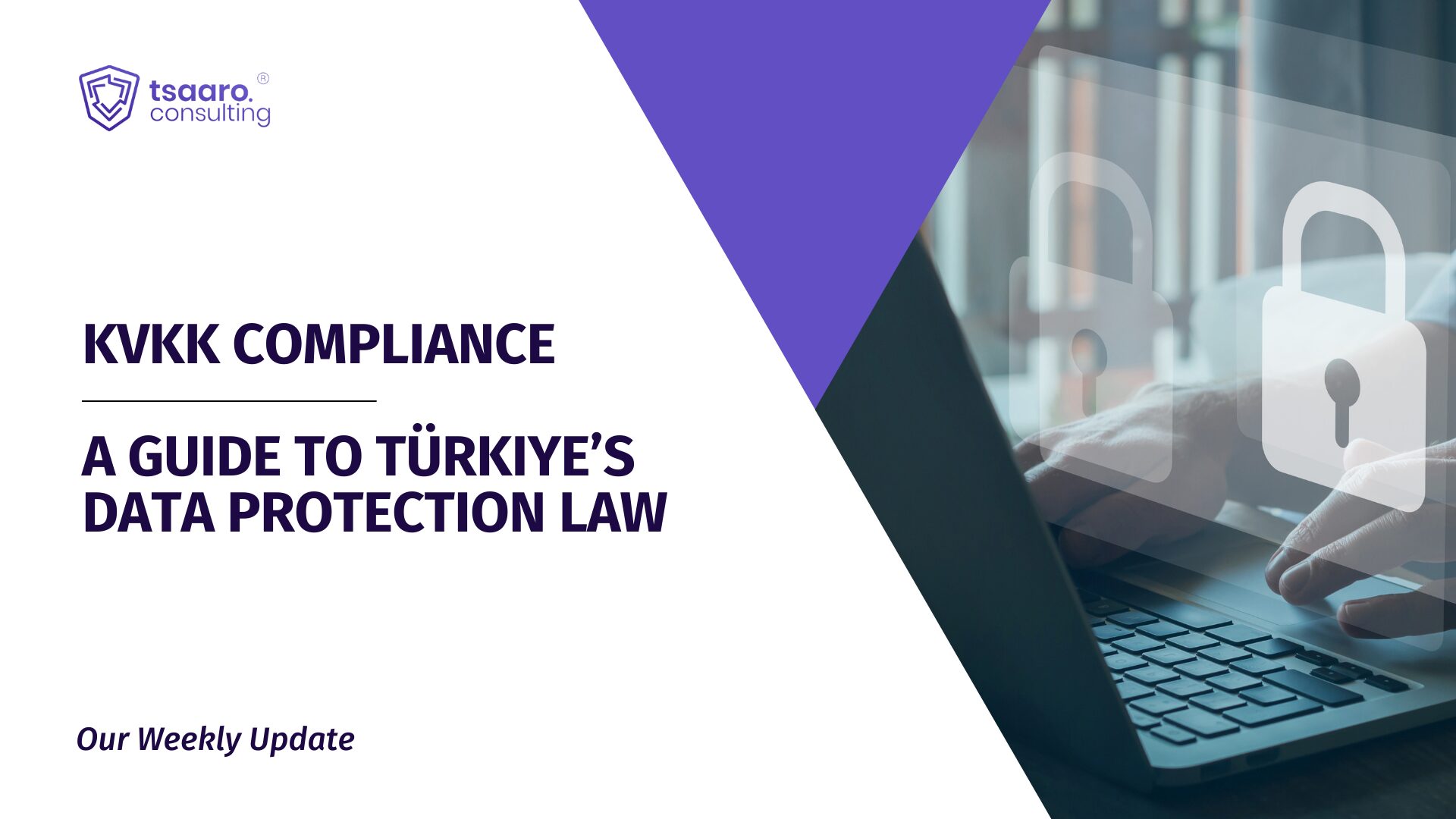
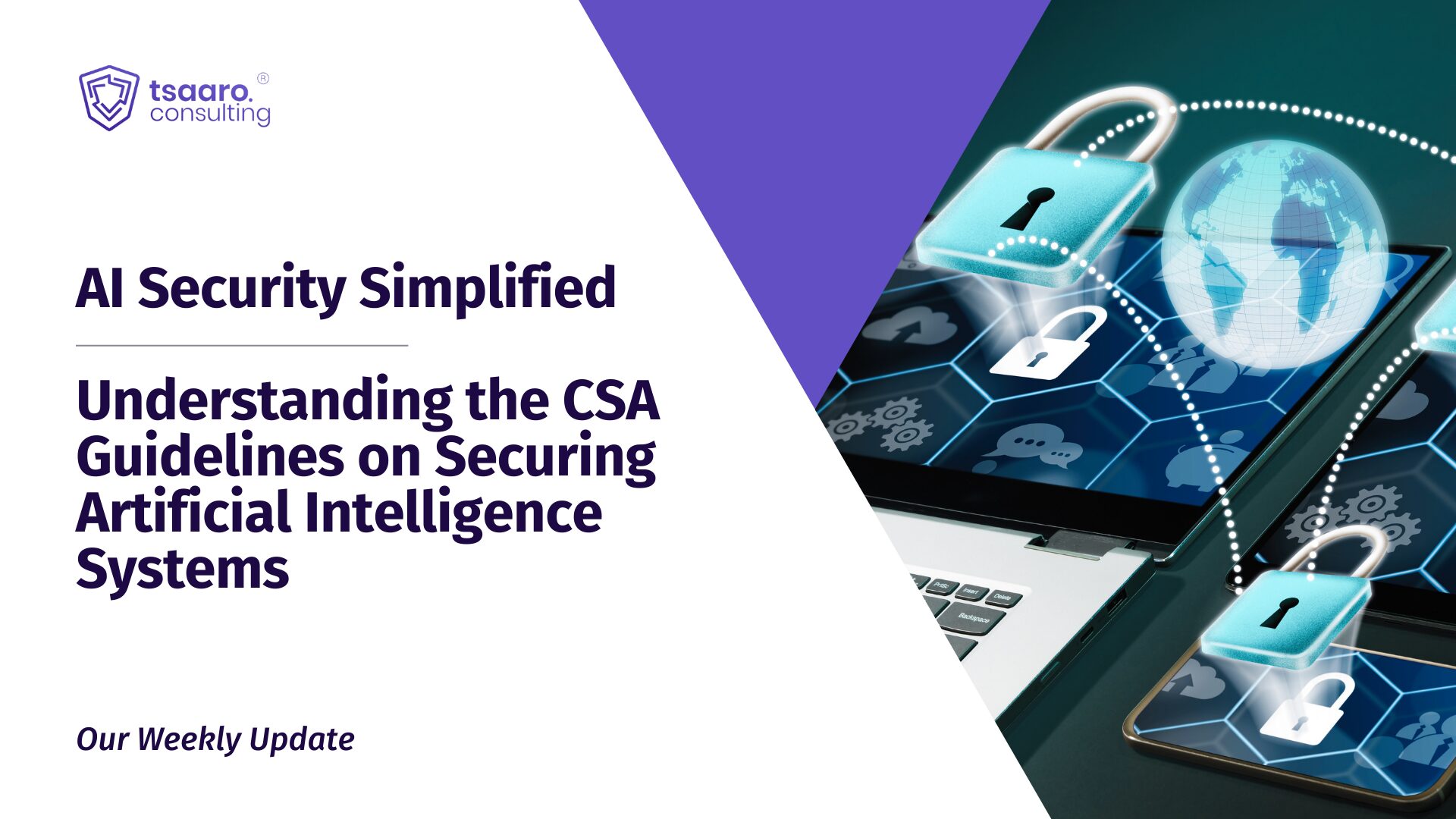
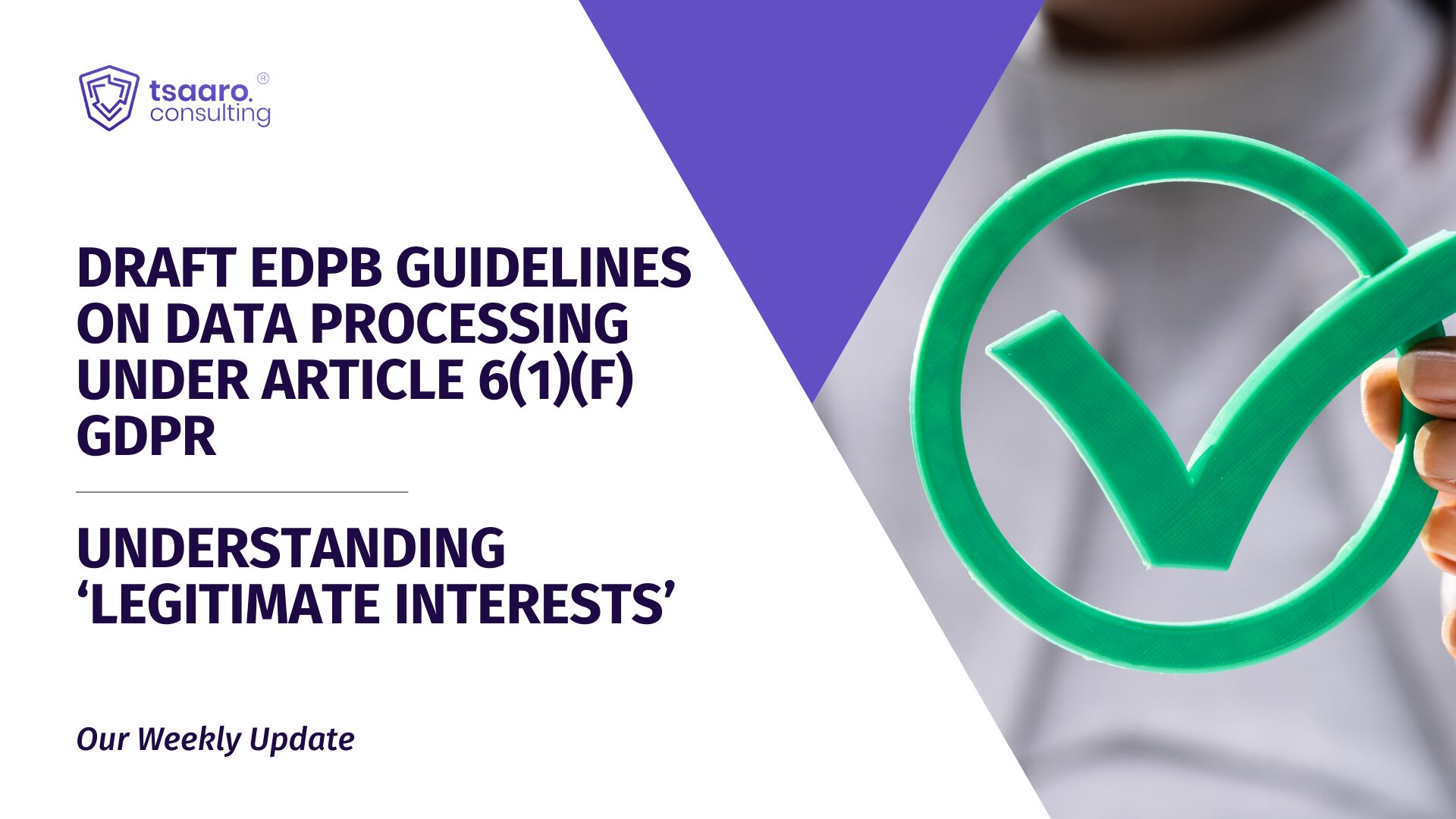

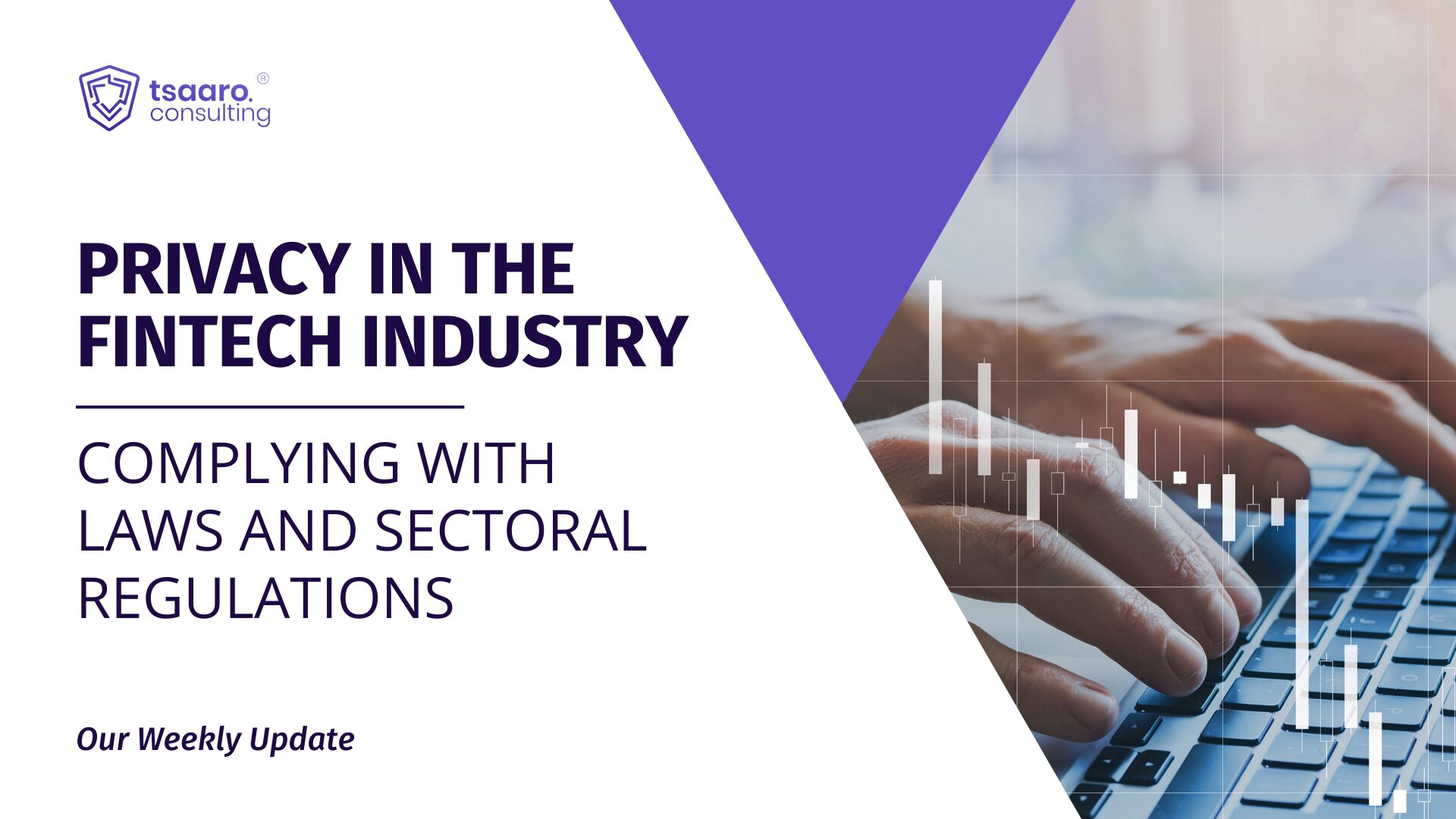
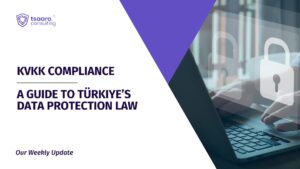
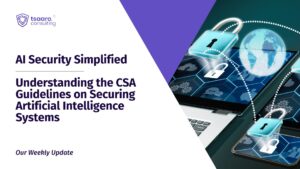



Recent Comments